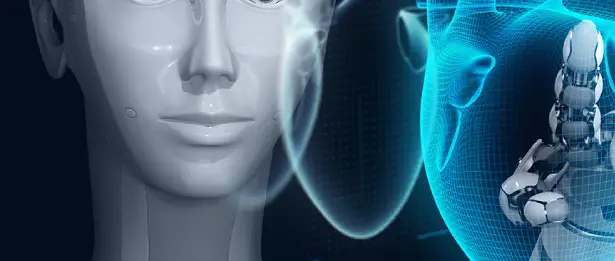Robotic Bypass Surgery

With the developing technology in cardiac surgery, especially in the last 15 years, the number of minimally invasive methods as an alternative to classical surgical methods is increasing. Especially in recent years, bypass surgeries performed with robotic surgery provide a very important advantage in terms of patient comfort and speed of recovery.
How to Perform Robotic Bypass?
At Liv Hospital Cardiovascular Surgery Clinic, it is possible to perform robotic bypass surgery without opening the chest, with 3 holes made under the armpit and a 4-6 centimeter incision made only where the ribs are located. With the camera inserted through an incision, a 3D image, 8-10 times larger and clearer, is provided. One surgeon attaches surgical instruments to the robot arms, and the other surgeon uses these instruments on the console where the camera is located. With this method, every vein of the heart can be accessed and intervened. Open bypass surgeries can be easily performed. With robotic surgery, both chest veins can be removed from the patient. In this way, the most durable veins are used in the by pass against the possibility of blockage again.
How is Coronary Artery Bypass Done?
In patients suitable for robotic surgery, coronary artery bypass surgery, mitral valve surgery, congenital heart surgery and arrhythmia surgery are performed with robots. Coronary artery bypass surgery is performed without stopping the heart or by stopping the heart (using a heart-lung machine).
What are the Advantages of Robotic Bypass?
The chest area is not opened as in classical bypass. With robotic bypass, the patient can return to his normal life much earlier. The patient also experiences cosmetic advantages in robotic bypass, where the infection rate and bleeding are much lower. In robotic bypass, which is performed with very small incisions, the patient reaches normal physical condition faster. With robotic heart surgery, the recovery period for patients is significantly shortened, and patients can usually return to work after 15 days.